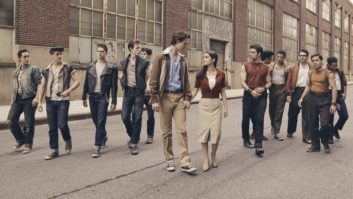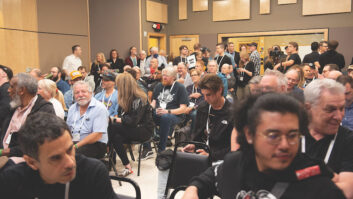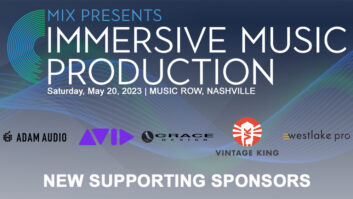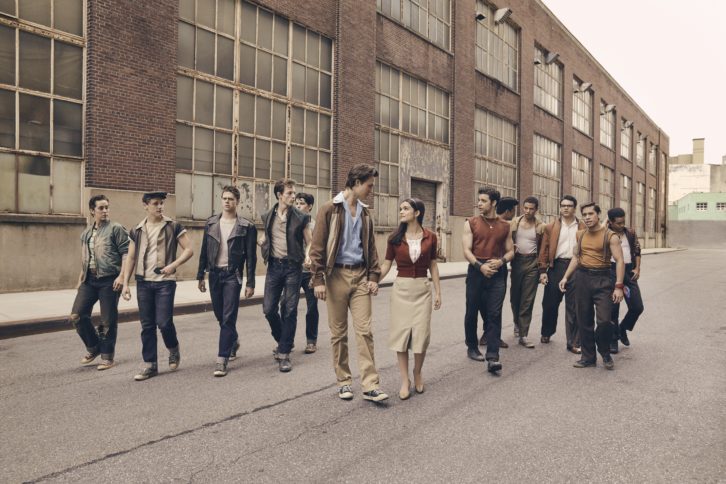
New York, NY (January 18, 2022)—In mid-December, four-time Oscar nominee and three-time CAS nominee sound mixer Tod Maitland spoke at a press screening of West Side Story in New York, extemporaneously sharing what it was like to work on the film, offering best-practices for choosing the right lavalieres, how he captured dance Foley tracks and much more. [The following has been lightly edited for clarity and brevity]. Don’t miss Part 1!
Finding the Right Lav for the Actor
“I always match lavaliers to actors. Every actor sounds different on a lavalier, so when I start a movie, I get a few different lavs—two Shure TwinPlex, a Sanken, two DPAs, a couple of different microphones—and I tape them on a little bar and put it right against the actor where the lavaliers would be. I also place my boom mic above, and then record the actor on all those mics on separate channels. I have them sing and talk, and then I go back later and A/B it and compare—which one sounds best compared to the boom? The boom is the best sound, of course, because it’s a bigger-diaphragm microphone placed near where our ears are, because our ears are not on our chest. I try to match the lavs to the boom, and then the boom is the best microphone matched to the studio microphone.”
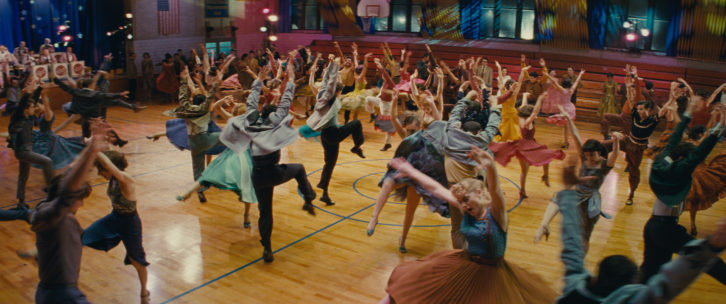
Capturing Dance Foley Tracks
“Part of my goal is to always give post-production as many elements as I possibly can, but when you’re recording a [scene that uses musical playback], obviously the speakers obliterate any sound that happens on the set. For instance, the ‘big dance at the gym’ scene—you have all this dancing, and they’re hooting and there’s other sound effects going on. We did that entire scene to speakers, so if you listen back, you have only a track that has the music on it; there’s nothing else.
Inside the Production Mix of ‘West Side Story,’ Part 1
“So I gave maybe 50 sets of wireless headsets and earpieces to all the primary dancers, and had them redo the entire dance number again with music over the headsets and no speakers. We got all of their sound effects—all their dancing, all of their vocal effects, anything that they did that was impromptu—and captured that with multiple boom microphones.
“Once you do that, you have an in-synch Foley track, and you can add that ambience—the footsteps, the dancing, the focal pieces—to whatever level that you want. When the camera’s closer on the actors, you want to hear less of that, and when the camera’s wider, you want to hear more of it.”
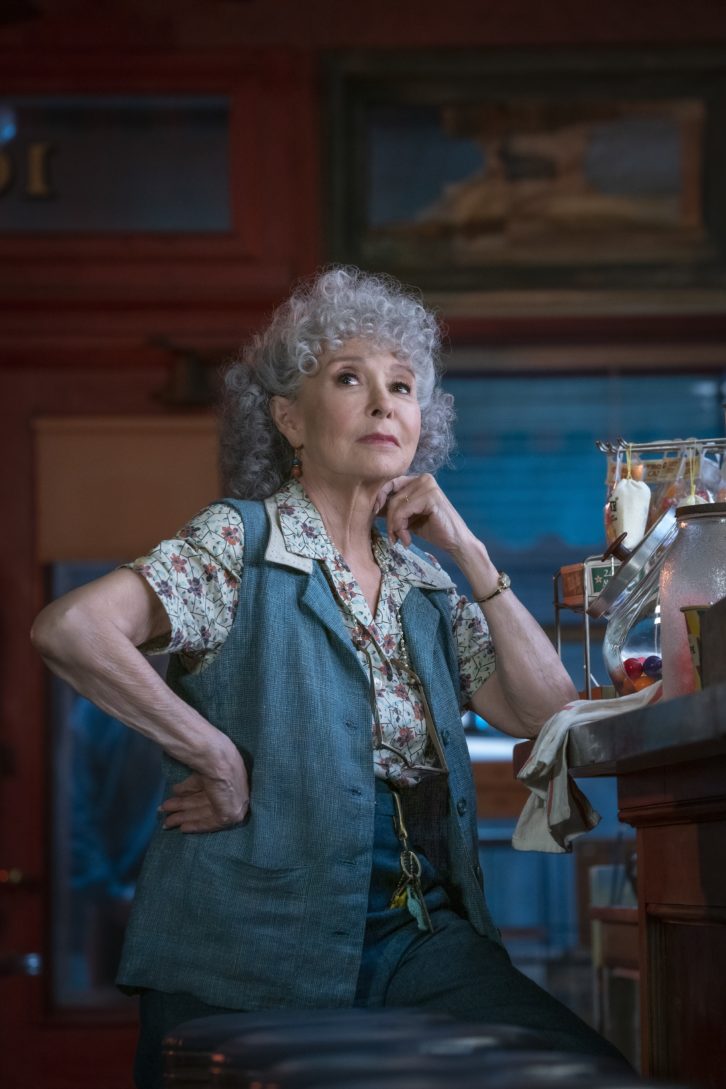
Photo: 20th Century Studios/20th Century Studios – © 2021 20th Century Studios. All Rights Reserved.
The Choreography of a Production Mix
“One of the things I always do is use ambient mics in the room to capture the ambience—basically the voice bouncing off the walls. You can add that into the wireless track and make it sound more like a boom track. You can also transition. A lot of times, there are multiple cameras, so sometimes you’ll only see a close-up here, but there’s a wide shot and a close-up coming up. You end up wiring the actor [but still try] to boom as much as you possibly can, going in and out of a wireless to a boom in the same scene.
“For instance, when Rita Moreno was singing in Doc’s store, she actually started off on a wireless way at the back of the store, plus I had an ambient microphone up and then I had a boom mic waiting for when she got to the camera that then followed her. When she was in the back of the store and walked forward, I had the wireless and a lot of the ambient mic open so it sounded like it was a bigger, broader room. When I was mixing it, as she got closer, I slowly brought the ambient mic down and slowly brought her wireless mic up so that she sounded closer and closer, until I knew there was a moment where it could transition to the boom mic. At that point, I dropped the lavalier and the ambient mic at the same time, made a transition directly to the boom mic, and then carried the rest of the scene on the boom.”
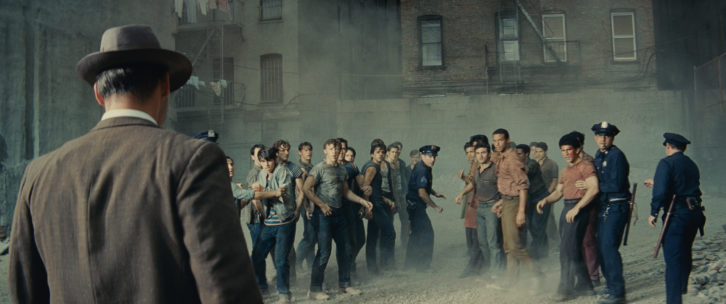
The Most Difficult Scene to Capture in West Side Story
It may have been the first fight scene, when you first see Officer Krupke and Lieutenant Schrank come in [to stop a gang fight in a vacant lot]. There were earpieces and wireless on everybody, they were fighting out there, and the heat was brutal—it was 98 degrees that day. We actually shut down the day after that, because the heat was too much…but every one of the wirelesses held up perfectly. There’s so many difficult scenes that I’m exhausted watching the movie. I relive 78 days in two-and-a-half hours!

